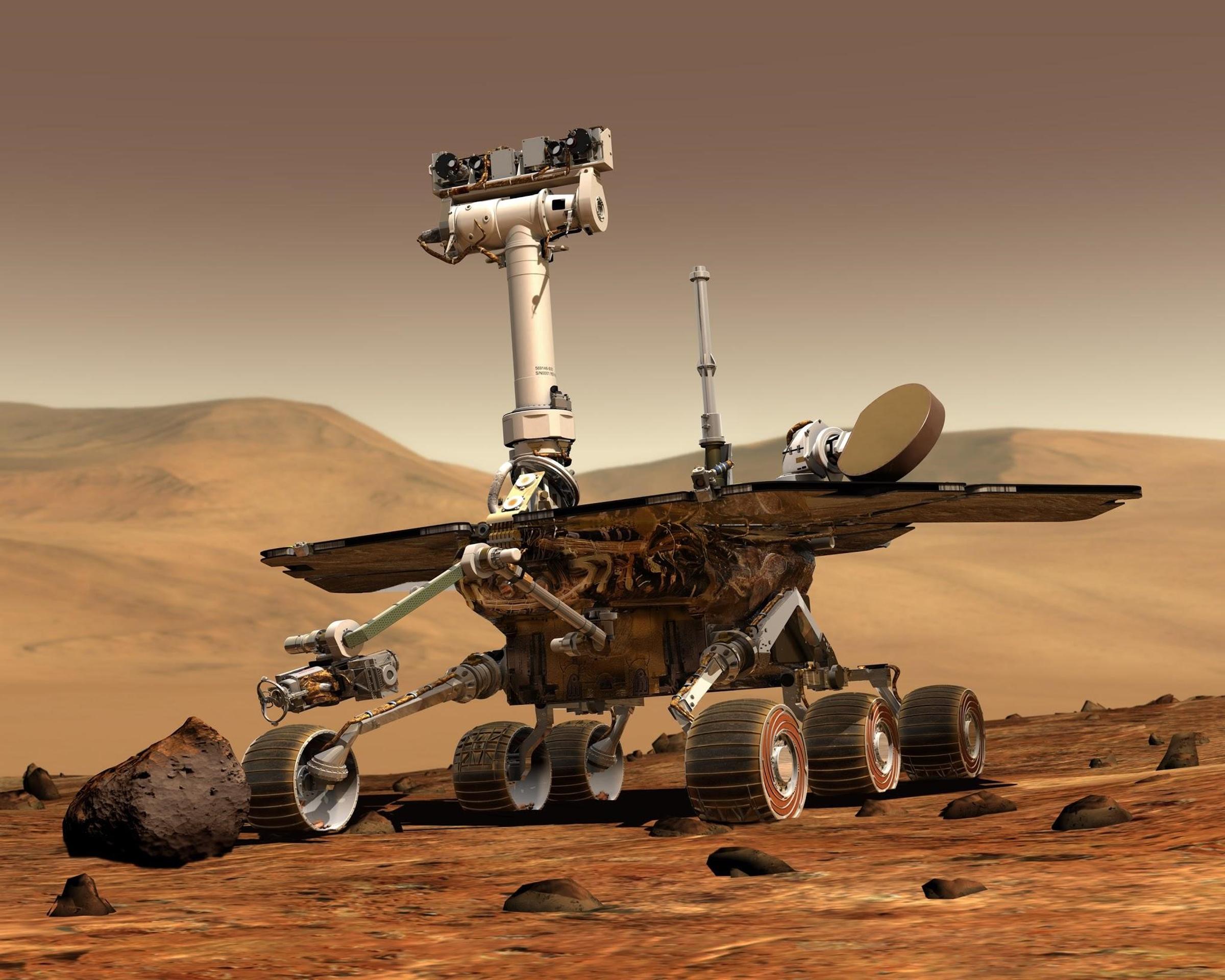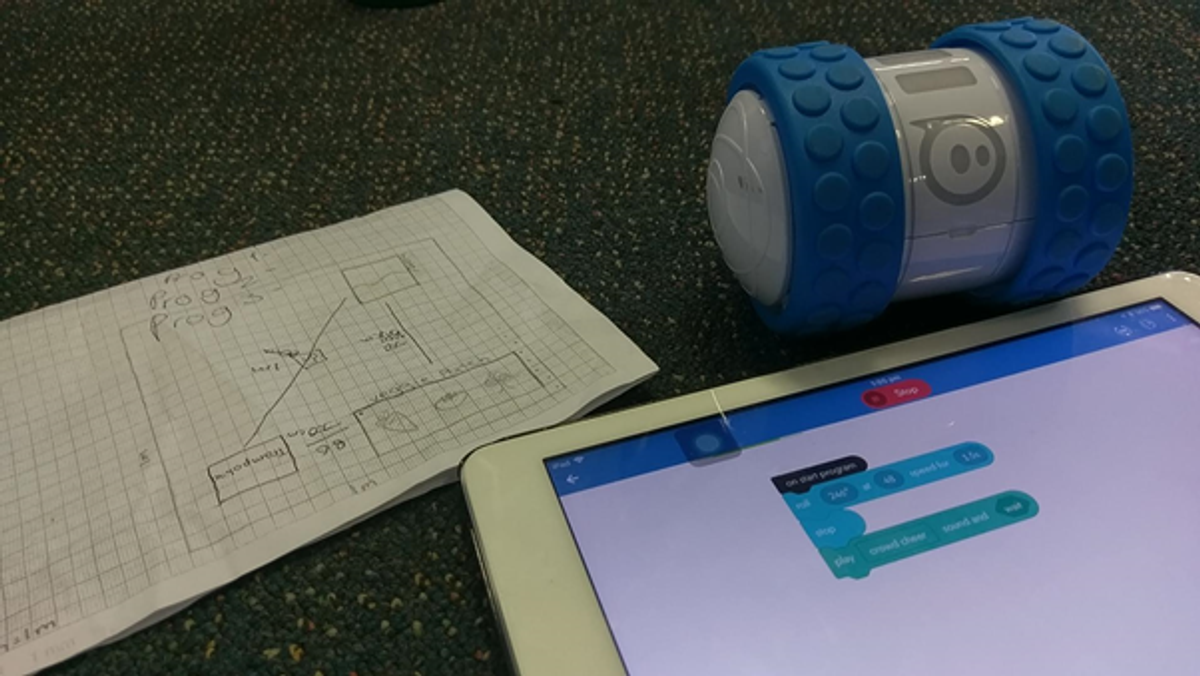Digital Technology

Hi, my name is Duane Collinson, Teacher of digital technology at Warrnambool College.
Did you know that Mars rovers are designed to trek up to 100 meters across the Martian surface each Martian day? However, have you ever thought about how they actually move?
Moving safely on the Martian surface is a major challenge because of the communication time delay between Earth and Mars, which is about 20 minutes on average. Unlike a remote controlled car, the drivers of rovers on Mars cannot instantly see what is happening to a rover at any given moment and they cannot send quick commands to prevent the rover from running into a rock or falling off a cliff!
As such, software programmers on Earth have to code and then upload programs to the rovers each day.
Over the past couple of weeks, year 7 digital technology students have been learning how Mars rovers move by designing a Martian landscape and then programming their own Mars rovers to complete a series of tasks within that landscape.
Using Sphero Ollies as Mars rovers, year 7 students have to consider and find solutions to a range of programming challenges. For example, robots do not really understand left or right, only degrees. Further, students have to calculate and code the distance the rover has to travel based on variables such as time and speed.
Year 7 digital technology students at Warrnambool College are challenged through a unique curriculum over two terms that not only builds programming knowledge, but also encourages them to use a range of skills from mathematics and science, including working collaboratively to find solutions to challenges; just like the rovers of Mars face every day!
Thanks for reading and remember to watch this space for updates on what is happening in digital technology at Warrnambool College.
Duane Collinson

